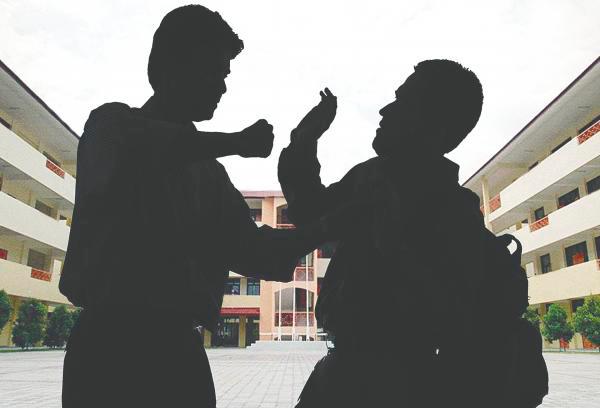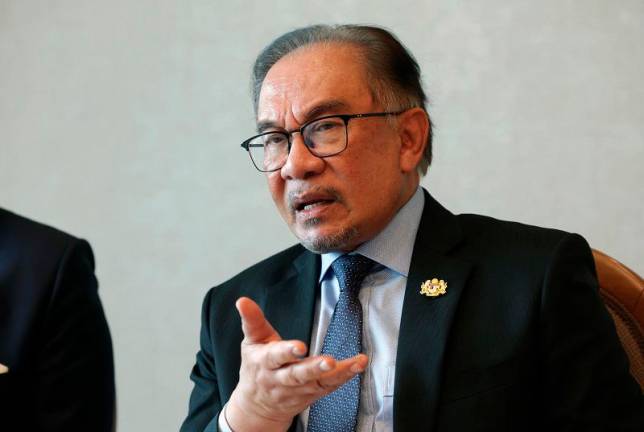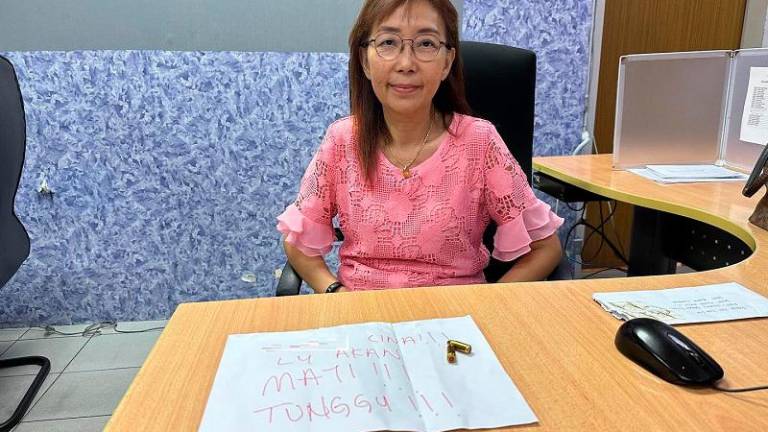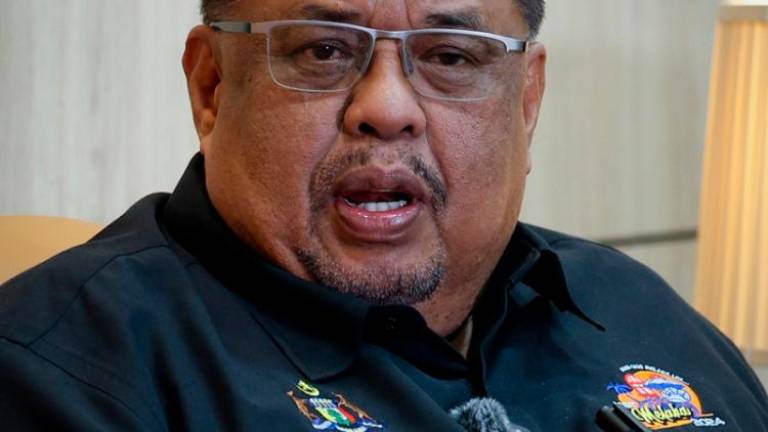THE rising prevalence of violent behaviour among youths in our communities poses a significant threat to public health and safety.
The frequency and severity of youth violence incidents appear to be escalating, leaving a trail of devastating consequences ranging from physical altercations to tragic outcomes such as homicide.
Youth violence in Malaysia, like in any other country, is caused by multifaceted factors, including socioeconomic disparities, exposure to violent depictions in the media, family dysfunction and limited educational opportunities.
Youth violence refers to any intentional physical or psychological harm inflicted by or upon young people, typically between the ages of 10 and 24. This can include behaviours such as assault, robbery, gang violence and homicide, occurring in diverse settings, including schools, neighbourhoods and communities.
This violent behaviour is likely acquired through social learning or a combination of social learning and biological processes. Youths with violent parents often learn violent behaviour from them rather than inheriting it genetically.
The trend of youth violence has been characterised by fluctuations and shifts over time, reflecting the complex interplay of underlying socioeconomic factors, cultural influences and policy interventions.
According to the Statistics Department in 2021, the number of offences involving minors under the age of 18 was reported to be 4,886 in 2016. By 2020, this figure had risen to 5,342 offenders. The report highlights a concerning trend of increasing youth-related violence in recent years, especially in schools.
Reportedly, Malaysian youths aged 15 to 30 years account for 9.1 million people, which is 27.8% (almost a third) of the total population in the country, underscoring the importance of effectively addressing this issue.
Youth violence can result in deaths, injuries, disabilities and serious long-term health consequences, including mental health problems. Exposure to violence often disrupts a young person’s life and development, detracting them from becoming valuable human capital.
Arresting the upward trend in youth violence is also in line with Sustainable Development Goal 16.1.
The World Health Organisation reported that approximately 176,000 (37%) homicides occur among youths aged 15 to 29 years each year. Additionally, the homicide rate for the 15 to 29 age group was the highest among Malaysians in 2019, accounting for 4.3%.
For example, the murder case from six years ago involving a marine cadet from Universiti Pertahanan Nasional Malaysia found dead with burn marks and bruises in an apartment.
Similarly, just last month, a student from Lahad Datu Vocational College was beaten to death. These incidents, while most widely publicised, are not isolated. They exemplify the devastating consequences of homicide – the act of killing another person, which represents one of the most severe forms of violence.
Factors such as poverty, lack of education, exposure to violence in the community or on screen and inadequate support systems can contribute to the perpetuation of youth violence.
According to global statistics, violence-related injuries claim approximately 1.25 million lives annually, including homicides. Furthermore, injuries and violence are responsible for an estimated 10% of all years lived with disability.
One poignant example is the case of a boarding school student who nearly became paralysed after being kicked in the head by another student. This incident not only highlights the physical dangers but also underscores the lasting impact on individuals’ lives and the ability to function in society.
In light of these realities, implementing preventive strategies is paramount to mitigate the devastating impact of violence-related injuries on individuals and communities. Some of the effective approaches may include the following:
Implement cognitive behavioural therapy (CBT)
Violent behaviour is often influenced by underlying cognitive distortions, negative thought patterns and maladaptive coping strategies. CBT focuses on addressing these harmful thought patterns and behaviours and aims to facilitate positive behavioural change.
Integrating CBT into existing violence prevention programmes within schools, communities and rehabilitation centres is crucial. CBT can be incorporated into the curriculum through workshops or courses focused on teaching students effective coping skills, conflict resolution techniques and anger management strategies.
For example, in Liberia, CBT has been successfully integrated into an eight-week curriculum that combines CBT-informed group therapy and one-on-one counselling. Similarly, in Chicago, CBT sessions have been conducted twice daily over around three to four weeks for male youths. These approaches successfully reduced the participants’ criminal and violent behaviour as well as readmission rates after release.
Establish youth empowerment hubs
Such a hub can serve as a coordinating body, enabling policymakers, relevant stakeholders, non-governmental organisations and local communities to collaboratively plan, implement, monitor and assess youth violence prevention efforts.
The hub should aim to address the root causes of violence and build a safer environment by providing comprehensive support services, educational opportunities and empowerment programmes for at-risk youths.
However, importantly, job training and retraining are essential avenues for empowering young individuals.
Having lost many of our youths to a massive brain drain, Malaysia cannot afford to let the remaining ones fall into the trap of the “economics of crime”.
Stopping youth violence demands our collective commitment, compassion and wisdom to implement practical measures that will foster a safer and more equitable world for our future generation.










